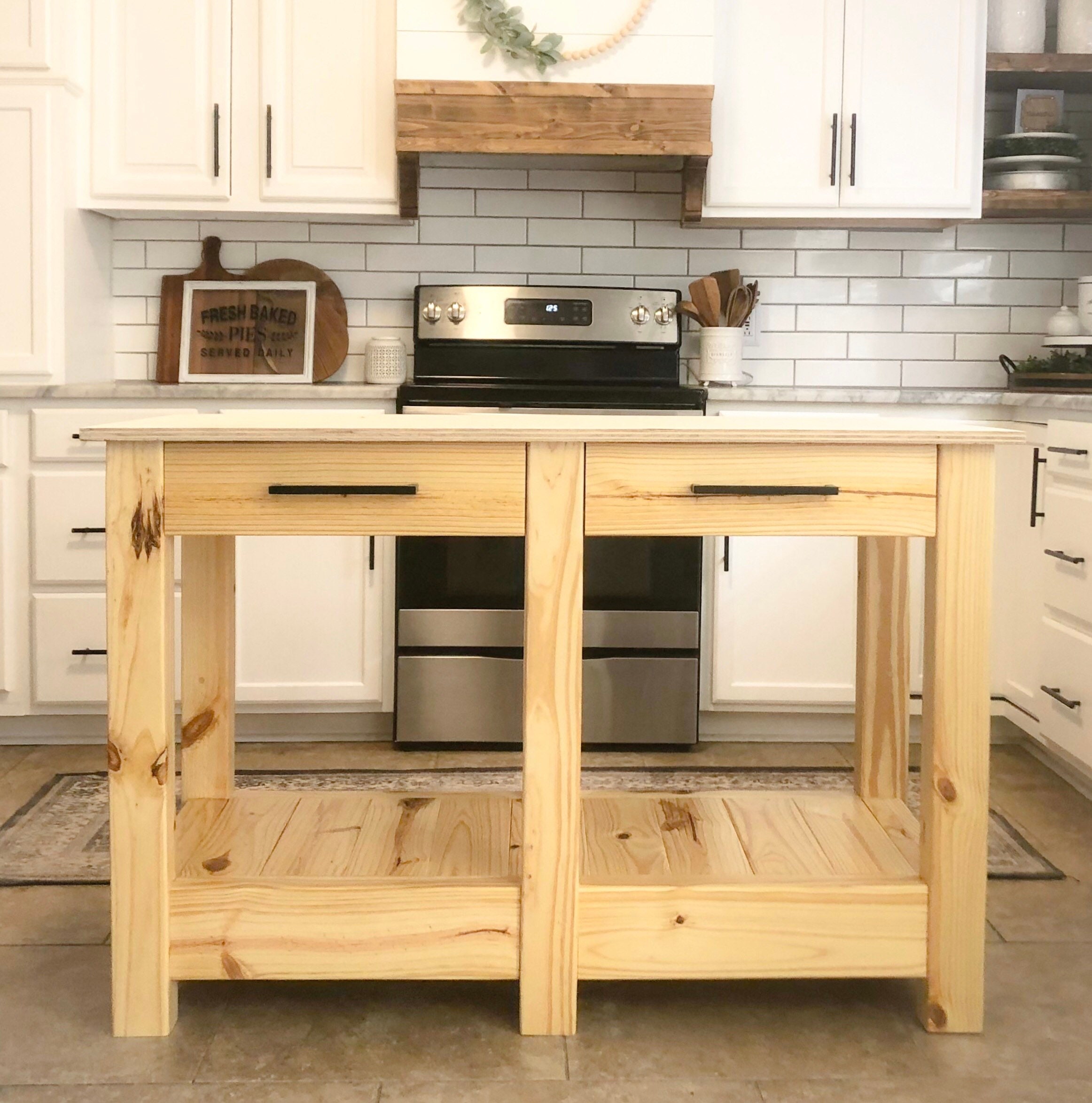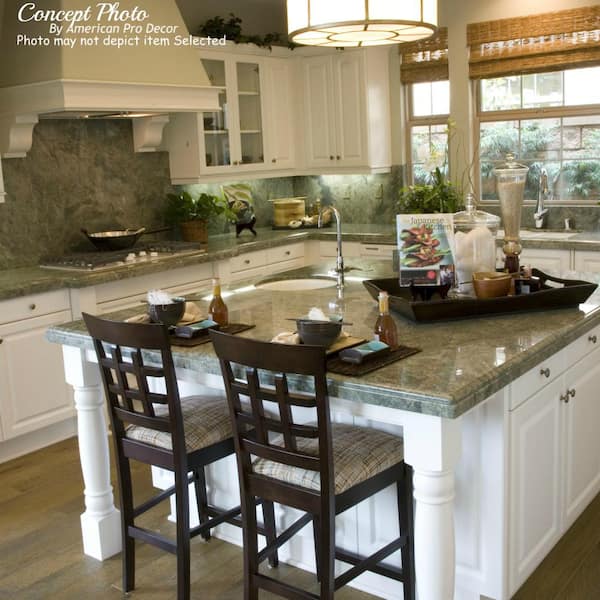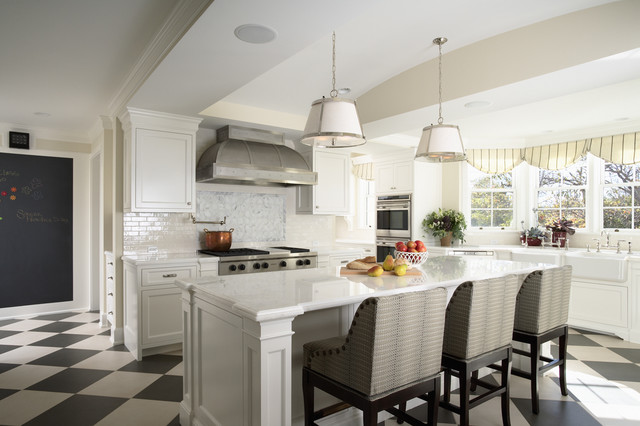Make Your Kitchen Island Stick Out with Custom Legs For Kitchen Island
Make Your Kitchen Island Stick Out with Custom Legs For Kitchen Island
Blog Article
An Overview to Picking the Perfect Legs For Kitchen Island for Your Home
Picking the optimal legs for your kitchen area island is a nuanced choice that influences both the functionality and aesthetic appeal of this main area. Factors such as elevation, products, and style play an important duty in harmonizing your island with the total cooking area style. In addition, recognizing the relevance of stability and upkeep can considerably influence your option. As you take into consideration these aspects, it becomes obvious that the right legs can transform not only the appearance of your kitchen but also its functionality for many years to find. What certain functions should you focus on in this option process?

Recognizing Kitchen Area Island Legs
When selecting legs for a cooking area island, it's necessary to recognize their visual and practical functions in the total style. The legs act as a critical support system, guaranteeing security and resilience for the island, which usually works as an office, dining area, or gathering spot. For that reason, the option of product and building and construction technique must be durable sufficient to endure everyday use and prospective wear.
In addition to their architectural responsibilities, legs contribute dramatically to the island's visual charm. They can improve the kitchen area's design, whether via traditional, contemporary, or eclectic designs. The elevation and percentage of the legs are also critical factors to consider; they should harmonize with the island's countertop elevation while making certain comfortable seating for those using the room.
Additionally, the leg design can affect the overall flow of the kitchen. Open, ventilated leg designs can produce a sense of agility, while solid, substantial legs might communicate a much more based and steady visual - Legs For Kitchen Island. Recognizing these functional and aesthetic aspects will certainly direct house owners in making notified choices that match their cooking area's layout and enhance its usability
Popular Styles and Products
The choice of legs for a kitchen area island encompasses a selection of popular designs and materials, each offering unique qualities that can improve both functionality and visual appeals. Among one of the most in-demand styles are contemporary, rustic, and conventional. Contemporary legs usually include sleek, minimal layouts that highlight simpleness and tidy lines, making them excellent for modern-day kitchen areas. Rustic styles, on the various other hand, welcome natural environments and commonly showcase reclaimed wood or troubled surfaces, including heat and charm to the space. Typical legs usually exhibit luxuriant details and craftsmanship, improving traditional kitchen area styles.

Elevation and Security Considerations

The click here now legs of the kitchen area island must provide adequate assistance, guaranteeing that the structure can stand up to daily usage without wobbling or moving. Material selection plays a substantial function in stability; metal legs, for instance, often tend to provide higher toughness contrasted to wood.
Matching Your Cooking Area Visual
Choosing the right legs for your kitchen island exceeds capability; it also plays a substantial duty in the general visual of the area. When choosing legs, take into consideration the design style of your kitchen. For a contemporary appearance, streamlined metal or minimalist designs can develop a tidy, modern vibe. On the various other hand, rustic or standard kitchen areas frequently gain from wood legs with complex detailing or a troubled coating, boosting warmth and personality.
Legs that match or comparison with your island's surface area and surrounding kitchen cabinetry can develop visual harmony or striking focal factors. Furthermore, consider the surface of the legs; matte, glossy, or textured finishes can dramatically impact the overall feel of the kitchen.
Installation and Maintenance Tips
Mounting kitchen area island legs needs mindful focus to information to ensure both stability and aesthetic allure. Make use of a stud finder to locate wall studs if you are attaching the legs to a wall surface or making use of brackets for included support.
When protecting the legs, use top quality screws and, if needed, timber adhesive for extra stamina. For steel legs, guarantee that you are utilizing proper anchors and devices to stop damage to your flooring. It is a good idea to look for levelness after installment, hop over to here making modifications as needed to avoid wobbling.
Upkeep is similarly vital for longevity - Legs For Kitchen Island. Frequently examine the legs for any kind of signs of wear or helping to loosen, particularly in high-traffic areas. Clean the legs with an ideal cleaner, staying clear of abrasive products that might damage the surface. For wood legs, think about using a wood conditioner her response regularly to maintain their surface. By complying with these installation and upkeep tips, you can ensure that your kitchen island legs remain both practical and visually appealing.
Verdict
In final thought, selecting the ideal legs for a kitchen area island demands cautious consideration of height, stability, and visual compatibility. By picking suitable materials and designs that line up with the overall kitchen area design, functionality can be boosted while maintaining aesthetic charm. Correct installation and continuous upkeep even more add to the longevity and durability of the kitchen area island. Ultimately, thoughtful leg selection plays an essential role in elevating both the functionality and layout of the cooking area room.
When picking legs for a kitchen island, it's important to comprehend their useful and visual roles in the overall style. Open, airy leg styles can develop a feeling of agility, while strong, significant legs might convey an extra based and steady aesthetic. The legs of the cooking area island ought to provide adequate support, making sure that the structure can endure day-to-day usage without changing or wobbling.Setting up kitchen island legs calls for careful focus to information to guarantee both stability and visual charm.In conclusion, selecting the suitable legs for a cooking area island demands mindful consideration of height, security, and visual compatibility.
Report this page